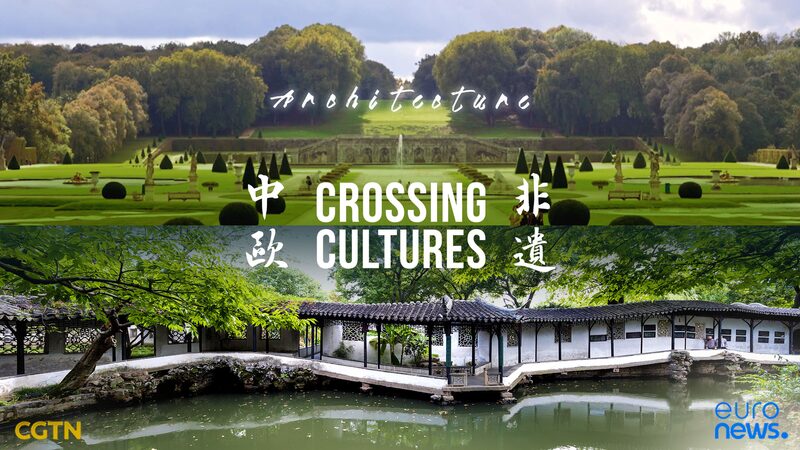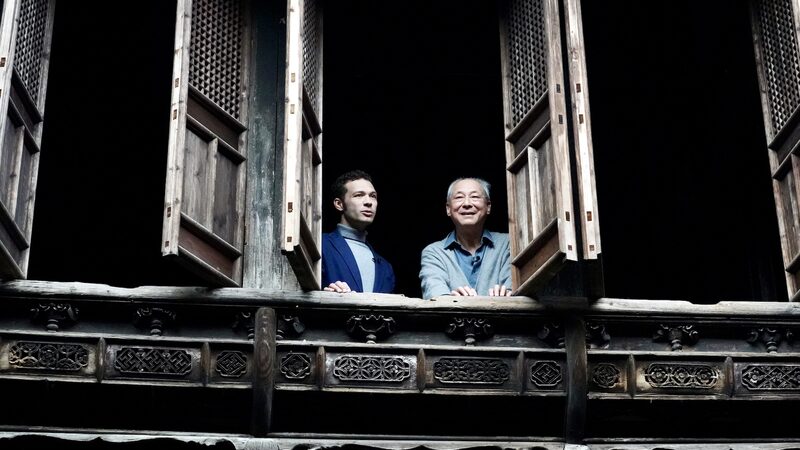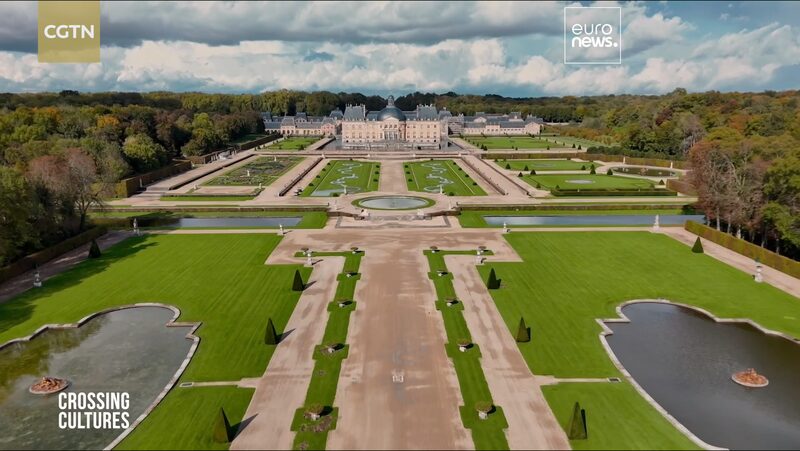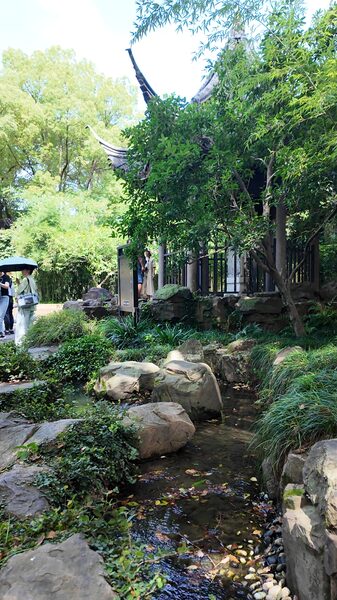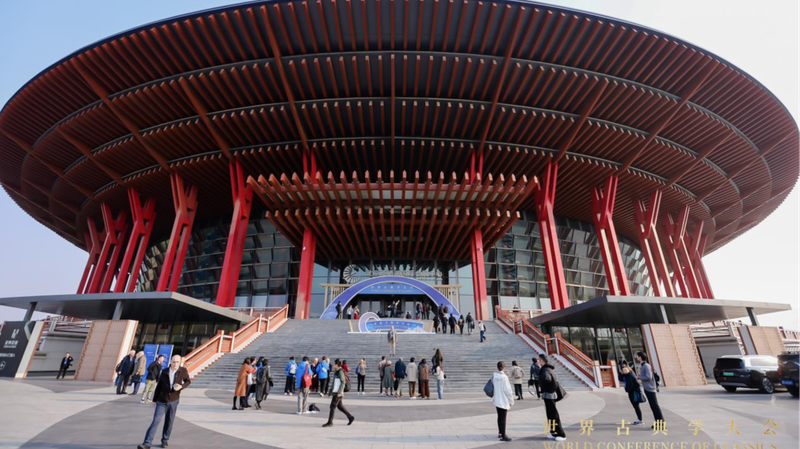The French formal garden and the classical Chinese garden represent two distinct approaches to landscape design, each shaped by unique cultural and philosophical roots. In this exploration of cultural contrasts, we delve into two iconic garden models—a grand French masterpiece and a tranquil Chinese oasis—to discover how nature and design reflect the cultural identities that have shaped them.
The French Formal Garden: Order and Magnificence
The French formal garden, epitomized by the gardens of Versailles, is a testament to human dominance over nature. Characterized by geometric patterns, symmetry, and grandiose scale, these gardens showcase the power and control of human ingenuity. Manicured hedges, ornate fountains, and expansive lawns reflect France’s historical emphasis on order, reason, and grandeur.
The Classical Chinese Garden: Harmony and Tranquility
In contrast, the classical Chinese garden embodies harmony between humans and nature. Designed to mimic natural landscapes in miniature, these gardens feature winding paths, serene ponds, and artfully placed rocks and plants. They reflect the Chinese philosophical ideals of balance and spiritual contemplation, offering a peaceful retreat for reflection and connection with the natural world.
Crossing Cultures: A Reflection of Identity
While both garden styles aim to create beauty, their approaches highlight the cultural identities of France and China. The French garden’s emphasis on control and splendor mirrors France’s historical pursuit of enlightenment and aesthetic perfection. The Chinese garden’s focus on natural harmony reflects China’s philosophical traditions and reverence for nature.
Bridging East and West Through Landscape Design
Exploring these gardens offers a unique glimpse into the societies that created them. By appreciating their distinct designs, we can better understand the diverse ways cultures interpret and engage with the natural world. As global travelers and cultural enthusiasts explore these verdant spaces, they not only witness artistic expression but also partake in a dialogue between East and West, past and present.
Reference(s):
cgtn.com
